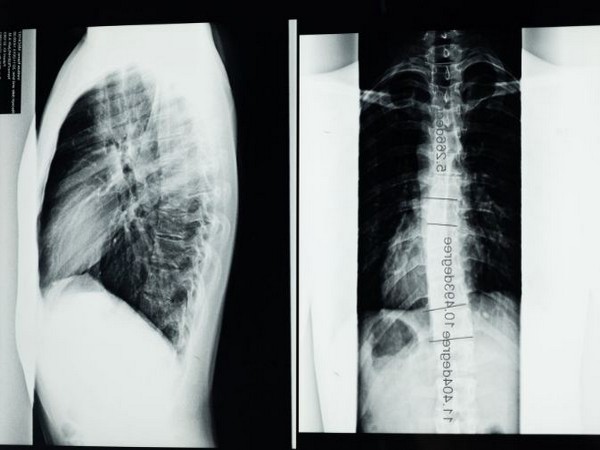
Texas [US], March 19 (ANI): A clinical research presented at the American Stroke Association’s International Stroke Conference 2021 claimed that immediate angiography, rather than the standard computed tomography (CT scan), reduced stroke treatment time and was linked to improved recovery.
Standard emergency department treatment for stroke patients involves a CT scan, which uses X-rays to pinpoint the presence and location of a blood clot. Angiography is an advanced X-ray imaging method that uses a catheter, or thin tube, inserted into the blood vessel to find the location and size of the blockage.
Since every minute counts during a stroke, this study focused on determining if immediate angiography improved treatment time and recovery, compared to standard CT scans.
“Our study is the first clinical trial that shows the superiority of direct transfer to an angiography suite,” said lead study author Manuel Requena, Ph.D., a neurologist and neurointerventionalist fellow at Vall d’Hebron Hospital in Barcelona, Spain.
“Our findings were close to what we expected, and we were surprised that they occurred so early in the study. We trust that they will be confirmed in ongoing, multicenter, international trials.”
Beginning in October 2018, stroke patients who were admitted to Vall d’Hebron Hospital within six hours of stroke symptom onset with a suspected blocked blood vessel were randomly assigned to receive angiography or a cardiac CT scan. There were a total of 150 stroke patients by November 2020; the average age of the patients was 73 years, and more than half were male.
In this interim analysis, stroke patients assigned to angiography underwent testing within 19 minutes of entering the hospital — less than half of the 43 minutes for the patients who received a CT scan. Similarly, stroke patients assigned to angiography received endovascular treatment to restore blood flow 54 minutes faster, on average, compared to CT scan recipients.
At 90 days post-stroke, angiography patients were more likely than CT scan patients to show a 1-point improvement on the 6-point scale that measures stroke disability.
“Stroke patients transferred directly to an angiography suite were less likely to be dependent for assistance with daily activities compared to the stroke patients who received the current standard of care – CT scan,” Requena said. “More frequent and more rapid treatment can help improve outcomes for our stroke patients.”
Many national and international professional organizations including the American Stroke Association have suggested general stroke recommendations based on the currently available evidence to monitor the time from emergency room arrival until blood flow is restored to the blocked brain artery in order to reduce the risk of severe disability and death.
However, data demonstrating the urgent need for continued research on the treatment of ischemic stroke is limited.
A limitation of this study is that the hospital already had extensive experience with immediate angiography, so findings may differ at hospitals or care centres with less angiography expertise or experience. Another limitation is that the results of the study were not monitored by an external review group. (ANI)



















